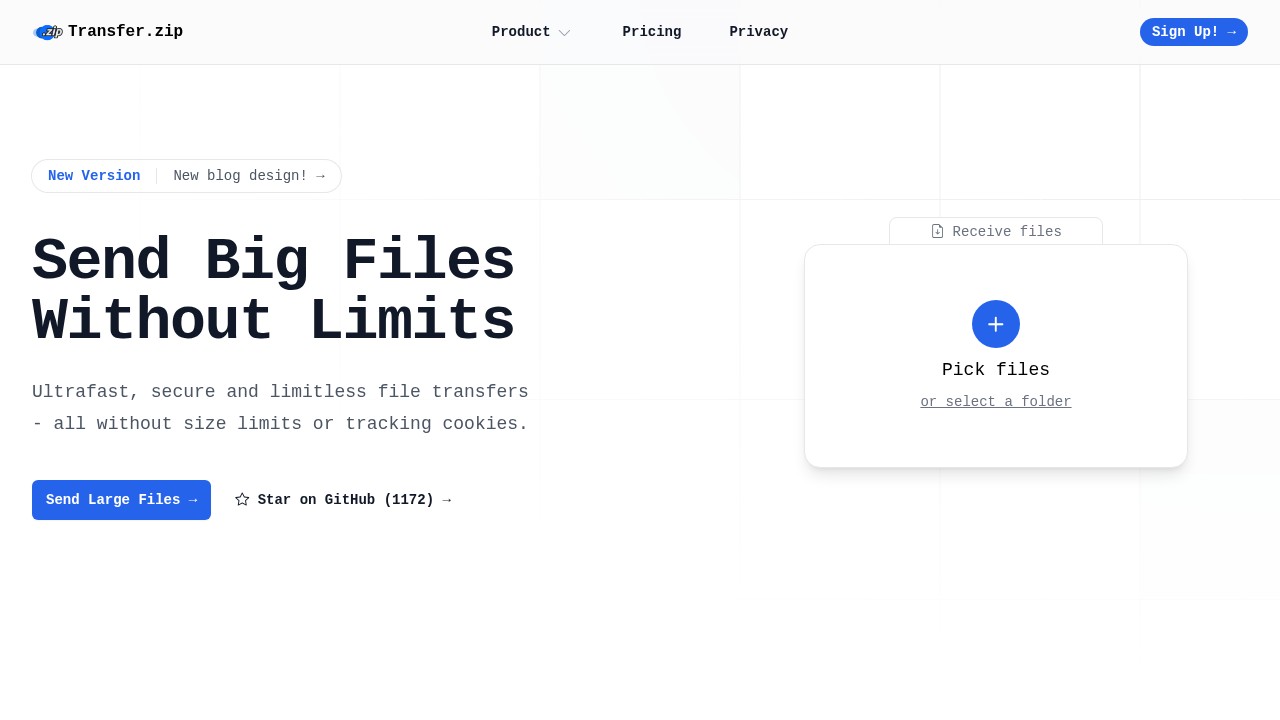How to Transfer Files Between Devices: Simple and Safe Ways
Moving files from one device to another can get confusing. You might want to copy photos from your phone to your computer, send a big video to a friend, or back up documents before changing laptops. There are a lot of options out there, and not all are the same. Let's look at the easiest and safest methods to transfer files between devices in 2025.
Main Ways to Transfer Files Between Devices
1. Cloud Storage Services
How it works:
Upload your files to a service like Google Drive, OneDrive, or Dropbox from one device. Log in on the other device and download what you need.
Strengths:
- Works on almost all devices (mobile, computer, tablet)
- Useful for sharing files with people far away
- Extra features like sharing links
Weaknesses:
- Limited free storage
- Upload and download speed depends on your internet
- Privacy concerns (files stored on third-party servers)
If you want more info on sharing large files online for free, check out my older guide: Easy Ways to Send Large Files Online Free Without Registration.
2. File Transfer Services
Some services are made just for fast, large, or private transfers. An example worth knowing is Transfer.zip.
How it works:
You upload or stream files directly from one device to another. Some services store files temporarily, but others use “peer to peer” streaming so nothing is saved on a server.
Strengths:
- No need to make an account for basic use
- Support for very large files (even 100GB+)
- Some let you send files directly, so your files are not stored
Example: Transfer.zip
- No file size limits for direct transfers
- No tracking cookies, no ads or popups
- End-to-end encryption for real privacy
- Lets you control when files disappear and who can access them
- Useful tools like online zip/unzip and image format conversion
Why care? Many popular services have strict size limits (like 2GB), plus you often see annoying ads and cookies. Transfer.zip makes things simple, private, and lets you share files of any size.
If you want a privacy-focused solution you don’t have to sign up for, you might try Transfer.zip.
3. USB Drives or External Hard Drives
How it works:
Copy files onto a USB flash drive or an external hard drive from device A, then plug into device B and transfer your files.
Strengths:
- Good for offline transfers
- Fast, reliable for large files
- Unlimited file types or numbers
Weaknesses:
- Need physical access to both devices
- Not suitable for sharing to remote users
- Easy to lose or damage a flash drive
If you want to learn how to pick a good cable or device for direct transfers, check out Choosing a Data File Transfer Cable: What Actually Matters.
4. Direct Device-to-Device (LAN, Bluetooth, or AirDrop)
How it works:
Send files using your local network (WiFi), Bluetooth, or Apple’s AirDrop.
Strengths:
- Usually pretty fast on the same network
- Doesn’t need internet (for Bluetooth or LAN)
- Great for phones, tablets, and computers close by
Weaknesses:
- Devices must be close together
- Limited by device compatibility (e.g., AirDrop is Apple-only)
- Not always reliable for very big files
5. Email & Messaging Apps
How it works:
Attach your file to an email, or send it in a message with apps like WhatsApp, Signal, or Microsoft Teams.
Strengths:
- Super easy for small files and most users
- Works on almost every device
Weaknesses:
- Size limits (email is usually 20-25MB, some apps even less)
- Not secure for sensitive files
- Sometimes compresses or changes files (like with images)
When to Pick What Method?
- For huge files or when you need privacy: Use a tool like Transfer.zip.
- For basic or business documents: Cloud storage is fine for most people.
- For moving something fast from phone to PC: Use USB if you have the cable. AirDrop or Bluetooth for small files.
- If you want offline, simple transfer: USB drives win.
- For frequent, large, or professional transfers: Consider a service designed for file sharing, like Transfer.zip, especially when privacy and file size matter.
FAQ: Transferring Files Between Devices
Q1: Can I transfer files between phone and computer without internet?
Yes, you can use a USB cable, Bluetooth, or local WiFi (with apps that support it).
Q2: What is the safest way to move sensitive files?
Look for end-to-end encrypted methods, or use a service with strong security and no tracking, like peer-to-peer tools or privacy-focused file transfer platforms.
Q3: Why is my file transfer slow?
Internet speed, drive speed, and the method chosen (cloud vs direct cable) all affect transfer speed.
Q4: Are there limits to how big a file I can send?
Yes, most cloud and email services limit file size (usually 2GB max or less). Specialized services like Transfer.zip let you send bigger files.
Q5: How can I make sure my transfer worked?
Always open or check your files after transfer and keep a backup until verified.
Moving files doesn’t have to be hard or risky. The main thing is to match your method to your needs. If you send a lot of huge files or want to avoid tracking, dedicated services like Transfer.zip really simplify things. If it’s just a few photos or a document, even email or a USB stick works for most people. Also you can check more about Data Transfer Between Devices: Easy and Secure Options for in-depth look at this subject.
